- 1 - Importance-of-screening
- 2 - Common-heart-conditions-in-athletes
- 3 - Methods-of-heart-screening
- 4 - Real-cases-and-lessons-learned
- 5 - Expert-perspectives
- 6 - Guidance-for-parents-and-coaches
- 7 - Moving-forward-with-confidence
1 - Importance of Screening
Screening for heart conditions in young athletes has become a vital part of modern sports safety. Each year, stories emerge of seemingly healthy young competitors collapsing during practice or games. While rare, these tragic events often highlight undiagnosed heart problems. Screening helps detect hidden risks before they become life-threatening, offering peace of mind to athletes, parents, and coaches alike.
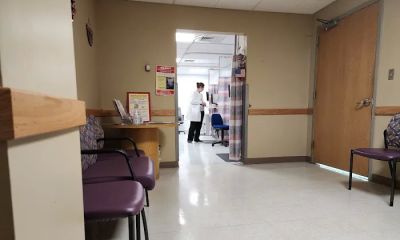
1.1 The Rising Awareness
Sports organizations and schools worldwide are recognizing the importance of proactive measures. Regular screenings are now part of many pre-participation physical exams, giving families reassurance that their children can pursue sports safely.
Atlanta Heart Specialists
atlanta heart specialists
4375 Johns Creek Pkwy #350, Suwanee, GA 30024, USA

2 - Common Heart Conditions in Athletes
There are several conditions that can affect young athletes without showing obvious symptoms.
2.1 Hypertrophic Cardiomyopathy (HCM)
This condition causes the heart muscle to thicken, making it harder for the heart to pump blood effectively. HCM is one of the leading causes of sudden cardiac death in youth sports.
2.2 Arrhythmias
Abnormal heart rhythms can go unnoticed but become dangerous during intense physical exertion. They often require specialized tests to identify.
2.3 Congenital Heart Defects
Some athletes are born with structural heart issues that might not surface until their bodies are pushed during training or competition. Detecting these conditions early can save lives.
3 - Methods of Heart Screening
Screening for heart conditions in young athletes involves more than a stethoscope. Today, a variety of tools and approaches help doctors identify risks early.
3.1 Physical Exams and Questionnaires
Doctors often start with medical history and basic exams, focusing on symptoms like chest pain, fainting, or family history of heart disease.
3.2 Electrocardiograms (ECG)
An ECG measures the heart’s electrical activity. It can highlight arrhythmias or other issues that might not be visible during routine checkups.
3.3 Echocardiograms
This ultrasound test provides a detailed look at the heart’s structure and function, making it useful for detecting conditions like HCM.
3.4 Advanced Testing
In certain cases, stress tests or genetic screenings may be recommended for athletes with higher risk factors. For guidance on accessing these services, families often turn to 【HeartCare Hub 】 for professional support and resources.
4 - Real Cases and Lessons Learned
Several widely reported incidents have shown why screenings matter. One young basketball player collapsed during practice, later diagnosed with an undetected cardiomyopathy. After his case, the school implemented mandatory ECG screenings, which identified risks in other athletes before tragedy struck. These real-world lessons reinforce that prevention is far more effective than reaction.
5 - Expert Perspectives
Cardiologists agree that while not every heart condition can be detected through basic exams, the benefits of screening far outweigh the risks. Experts emphasize tailoring screening protocols to the level of sport and the athlete’s personal risk profile. Medical organizations are continuing to refine guidelines to balance cost, accessibility, and effectiveness.
6 - Guidance for Parents and Coaches
Parents and coaches play a critical role in ensuring athlete safety. They should advocate for regular screenings, encourage honest reporting of symptoms, and create a culture where health is prioritized over performance. Open conversations about family history of heart disease can also guide doctors toward more precise testing.
6.1 Creating a Safety Culture
Beyond screenings, having emergency action plans and AEDs (automated external defibrillators) at sports venues significantly improves survival rates. Education and readiness make a major difference.
7 - Moving Forward with Confidence
Screening for heart conditions in young athletes is not just a medical formality—it’s a commitment to their well-being and future. Families who invest in proper screening gain peace of mind, knowing they are doing everything possible to protect their children. If you’re ready to take that step, 【HeartCare Hub 】 offers trusted resources and expert recommendations to guide you toward the right services for your young athlete’s needs.

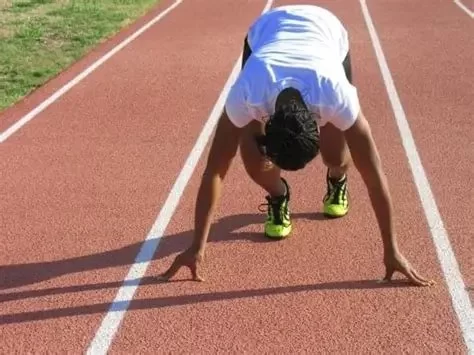


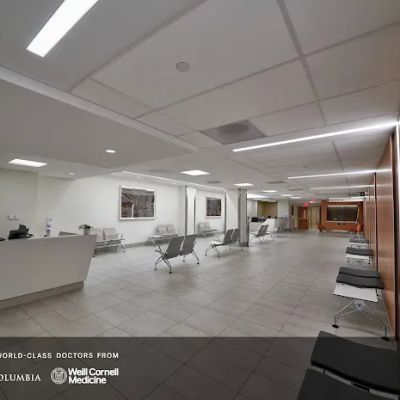
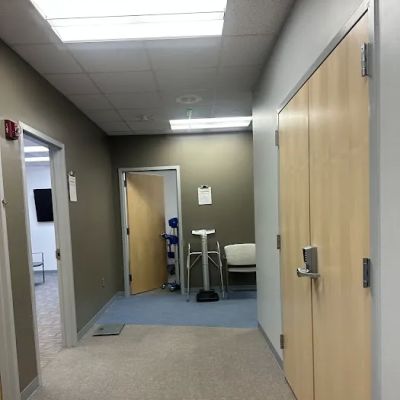














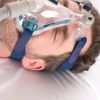

Deborah Heart and Lung Center
deborah heart and lung center
200 Trenton Rd, Browns Mills, NJ 08015, USA